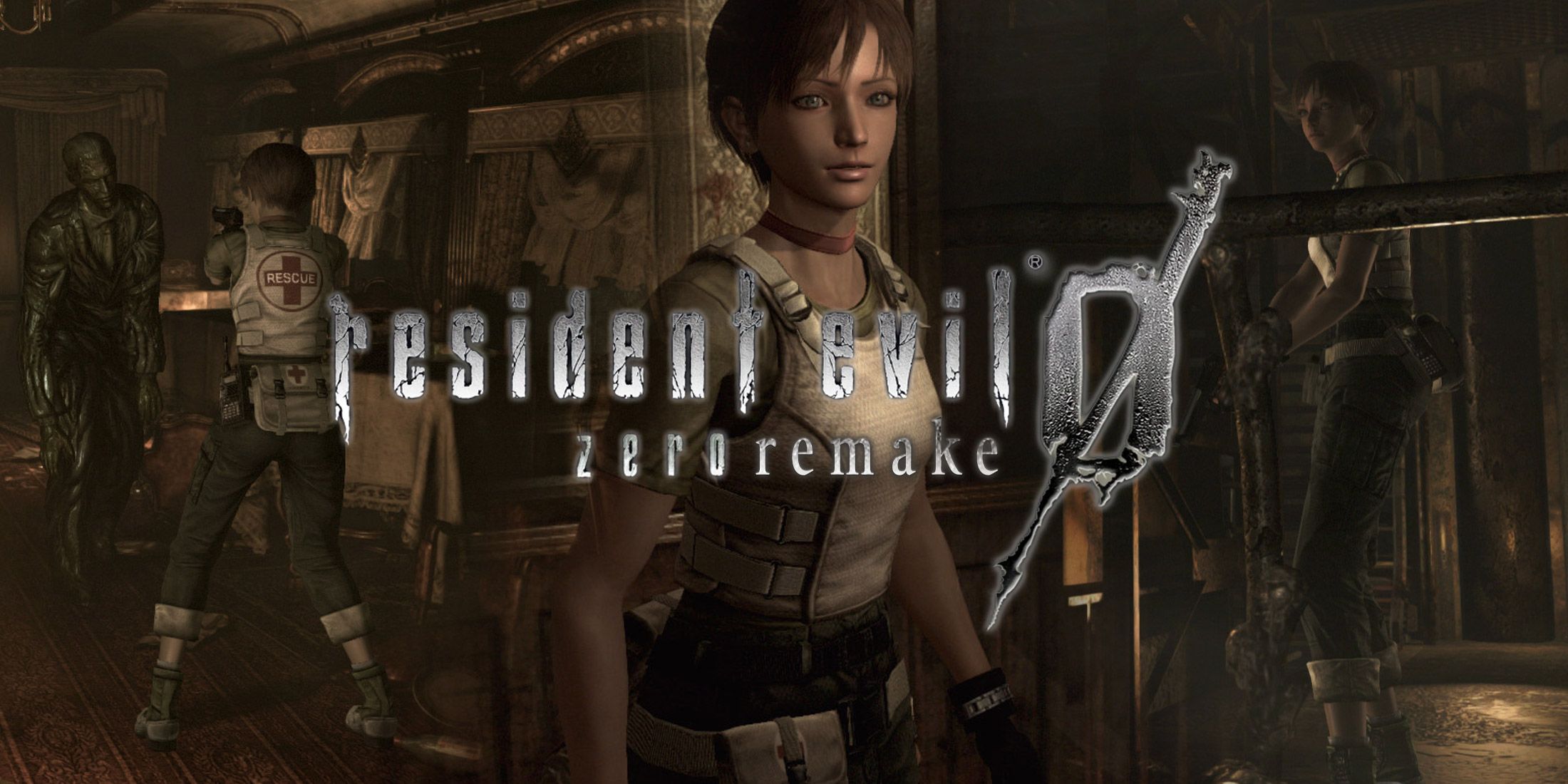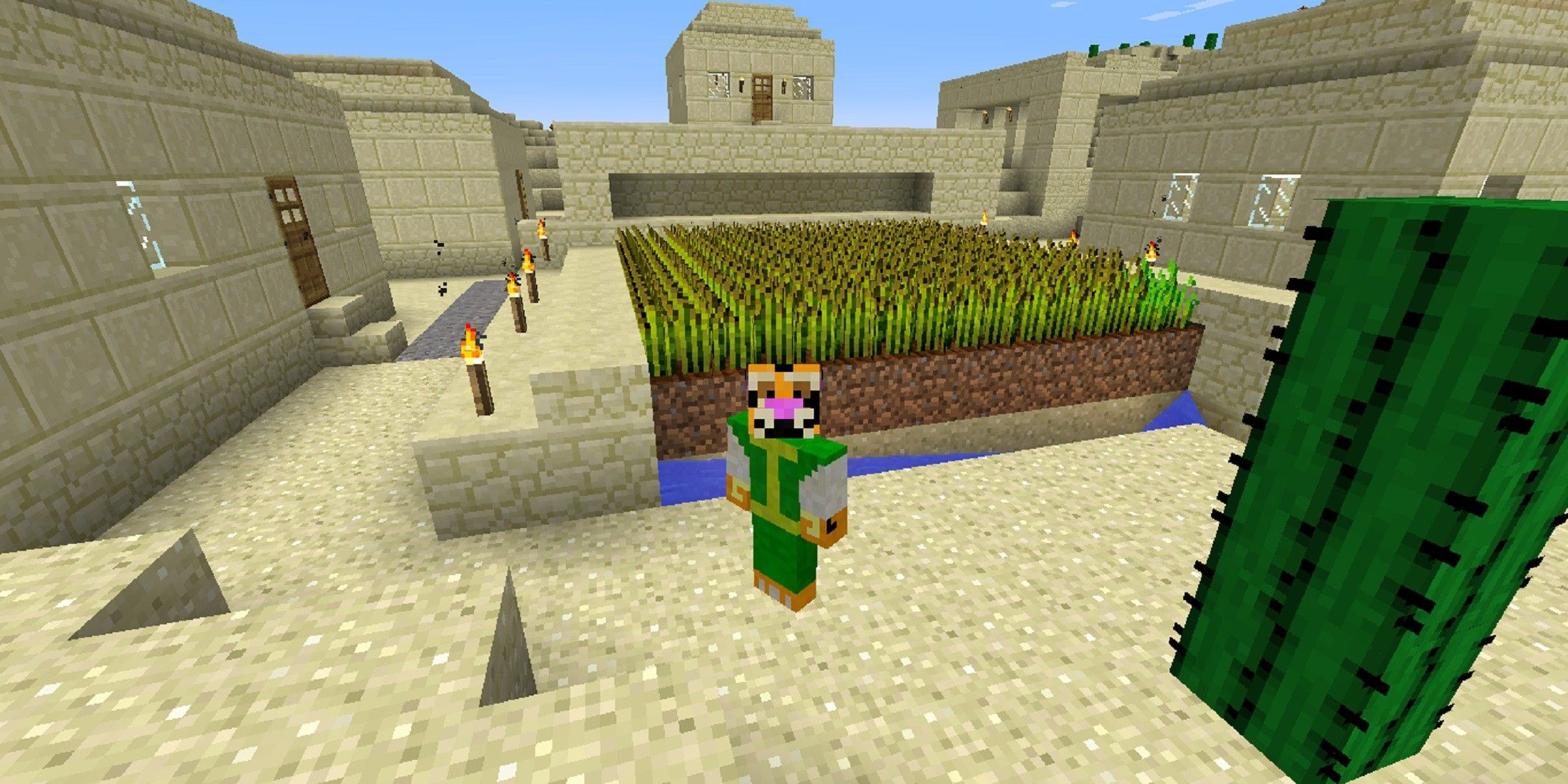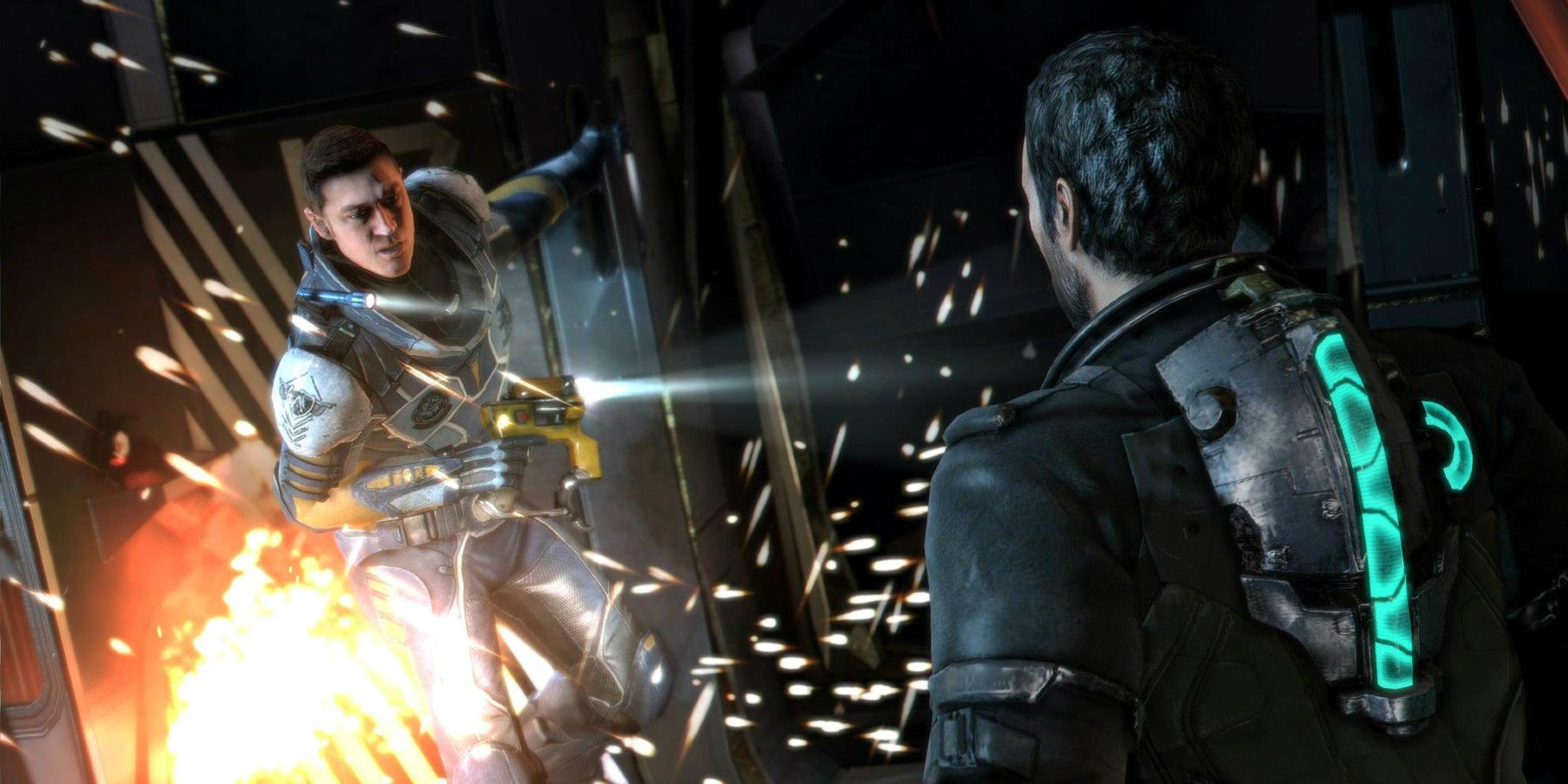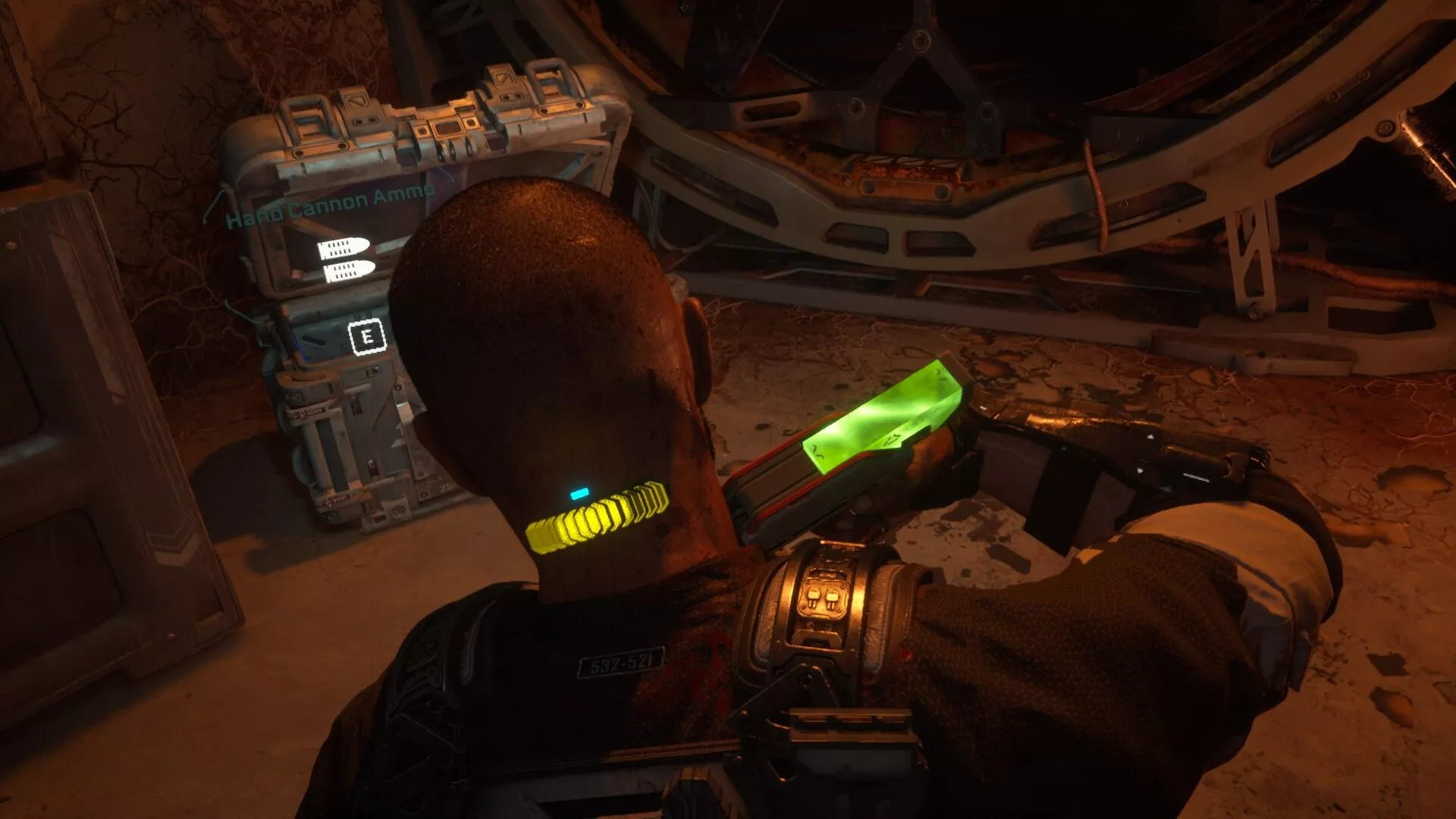How a game decides to design its UI and UX is an instrumental choice. It may seem simple on paper how a game’s HUD may be laid out on the player’s screen, but each asset and prompt needs to be considered greatly in order for it to match the game’s overall tone and aesthetic. Meanwhile, it also has to interpret the essential information fans need while they play, but it must not be distracting or interpolative.
In the middle of a landscape of games that all feature colorful prompts and HUD UI, it is refreshing to see an effort going toward diegetic interactions. Dead Space and The Callisto Protocol are not the only games to have strongly implemented diegetic interactions, but they are certainly the most notable and distinguished examples. This boils down to Dead Space’s RIG and The Callisto Protocol’s CORE, which should pave the way for even more diegetic UI in modern gaming.
Diegetic Interactions Make Game Worlds Feel More Lived-In
The idea is that the user interface would be in-universe and available for the protagonist character and NPCs to interact with. These are features that the player would normally only be able to see that NPCs do not, and still only really service the player, but are made part of the game’s world-building anyhow.
By embedding these user interfaces in the actual game world like Dead Space and The Callisto Protocol do, players are much more engaged and are not distracted by having to look into the corners of the screen for information. Players are constantly looking at their character, and having their health displayed on the character’s back would seem like a more blatant representation. Instead, if worked in organically, it can feel like a part of clothing or attachment the character is wearing while still feeding the player information like it is meant to.
Interactions that are designed to be diegetic can be part of a game’s world-building and help to understand situational contexts; for example, interactions such as these can be as simple yet brilliant as in Super Metroid’s Wrecked Ship, where the power is out and its save station and map station are unusable as a result. Because The Callisto Protocol’s CORE is an actual device installed into the back of Jacob Lee’s neck, he refers to it from time-to-time, and other characters can relate to his lamentations because they all have one installed as well.
Some Games Are More Immersive with Diegetic Interactions Than Others
The RIG and CORE designs would not translate well to a game that is not science-fiction, however, since these are technologically advanced apparatuses. Fallout’s Pip-Boy and Resident Evil 7’s Genome Codex—an ECG wristwatch monitor that Ethan Winters wears—make sense for their own science-fiction settings, for example, but it is much more difficult to discern an item or apparatus that would represent the character’s health and other statistics that is grounded in present day realism.
Likewise, having ammunition counts appear on a firearm is fantastic as well, but would likely only work well in a science-fiction game where guns are designed to have holographic numbers emitting from them. Moreover, diegetic interactions would obviously not work well with every game genre either.
FromSoftware’s Souls games, for example, need the player to be somersaulting constantly to avoid enemy attacks, which would make a diegetic health bar impossible to see if worn by the character. Likewise, it would be difficult to make out these diegetic interactions in a 2D pixel-art side-scroller unless its art design was woven around it.
Motive’s Dead Space remake will be available January 27, 2023 on PC, PlayStation 5, and Xbox Series X/S.






